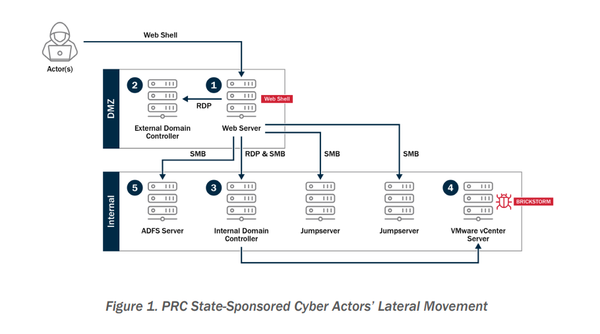JLR cyberattack is the most economically damaging in UK history
CISA warns of Oracle E-Business Suite flaw, Spyware developer was targeted by spyware, Salt Typhoon attacked a European telco, TikTok could be sharing your data with the US government, UN Cybercrime Convention slated for weekend signoff, UK won't probe Afghan data breach, much more





